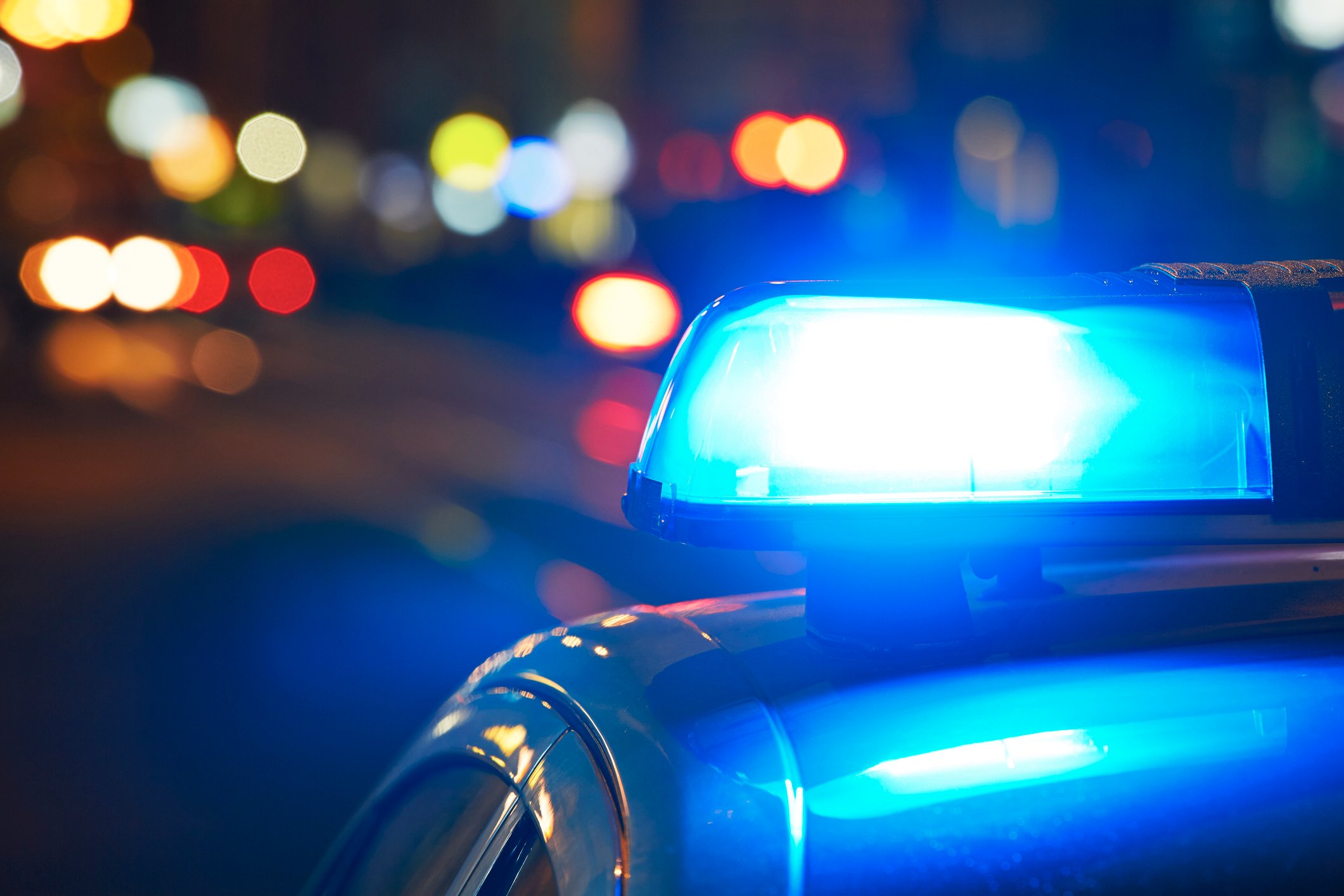During an active shooter event, every second counts. That was true when four law enforcement officers recently responded to a 911 call reporting an active shooter at a software company in Middleton, Wisconsin.
Within minutes of the 911 call, the responding officers made entry to the building and used deadly force on the heavily armed suspect. The suspect, an employee, had already wounded three of his co-workers. Paramedics rushed in to treat the wounded, even though the building had not been secured.
The quick response of those officers saved lives. Their actions provide an example of how active shooter response has evolved in recent years.
Traditionally, police officers responded to an active shooter event by setting up a perimeter and waiting for a SWAT team to secure the area. But everything changed with the Columbine High School shooting nearly two decades ago. Then, the local SWAT team entered the high school 47 minutes after the shooting to find 35 victims wounded, 12 fatally, and both suspects dead.
The law enforcement community has learned a great deal from the alarming number of mass shootings since Columbine. Perpetrators often have a clear and gruesome purpose: to kill as many people as possible in a short period of time. In fact, a 2013 FBI study revealed that most active shooter events last between five and eight minutes – 60 percent are over before law enforcement arrives. So, minutes – even seconds – can save lives.
Changes To Active Shooter Training And Response
Since Columbine, law enforcement has focused on more rapid response. Officers are now trained to immediately engage and stop the shooter – either in small groups or alone (called solo-officer response). Additionally, EMTs, fire and other emergency response personnel are accessing the scene alongside responding officers to provide victims with immediate, life-saving care.
The following procedures are now favored among active shooter trainers:
Solo-Officer Response
The SWAT team approach gave way to small groups of responding officers moving towards the shooter in a formation. But now, if a patrol officer arrives at the scene of an incident alone, many trainers advocate a solo-officer response to rapidly neutralize the threat and save lives.
Time is the number one enemy facing officers and innocent victims during active shooter incidents, explained Ron Borsch, of PACT Consultant Group. He believes officers have between one and three minutes to locate the shooter and stop the killing. This is based on how quickly these incidents are over and the time it takes responders to arrive at the scene.
The practice is gaining traction. Lieutenant Timothy Bacon, an active shooter training instructor, says, “We’re now training for solo-officer response in our department, although some departments still require two-to-four-officer teams.”
Swarming Response
Other trainers encourage individual officers to enter a building from multiple entry points to cover ground more quickly than a single-formation group. While some argue this type of response increases the risk of friendly fire, others feel it gives law enforcement an edge.
A “swarm” of officers entering from multiple access points will cause active shooters to feel surrounded and throw off their focus, believes George T. Williams, of Cutting Edge Training.
Rescue Task Force
As the focus has shifted to rapid response, police departments now conduct joint training sessions with fire and emergency medical service (EMS) personnel to map out strategies for rescue task forces.
The Springfield, Illinois, fire and police departments recently conducted joint active shooter drills where members of both forces entered “warm zones” – secured areas with potential for danger – to focus on treating victims.
Springfield firefighters used to position themselves blocks away from an incident and wait until police secured the area. Now, wearing protective gear and carrying light emergency medical supplies, they will accompany police officers to treat life-threatening wounds.
The Palo Alto, California, police department has followed suit, conducting joint training exercises with fire and emergency personnel. They practice responses to simulated shooting events, focusing on safely escorting paramedics to any victims who need aid.
Bacon’s department also trains with local EMTs. “Everyone in the county shows up when something happens like a chemical spill or an active shooter, so we might as well coordinate and work as a team,” says Bacon. “You cannot have different teams showing up doing their own thing. We need to work as one, so we train as one.”
His department also reaches out to the community, conducting active shooter presentations for faculty, staff and students at school campuses. “It’s important for the community to know what to expect from us when we show up. Our first priority is to stop the shooter. “
He believes opportunities for free active shooter response training will grow on both the state and local level. He also thinks that the continued integration of EMS and fire departments, including real-life simulations, will be essential moving forward.
What Should Civilians Do During An Active Shooter Event?
Bacon goes on to say that while people want clear instructions on what to do if they find themselves in this situation, it’s impossible to answer concretely: “People want a black and white answer on what to do, but there are too many moving parts. Each situation is unique. You have to make a judgement in the moment. We learn from each situation and try to do better the next time.”


